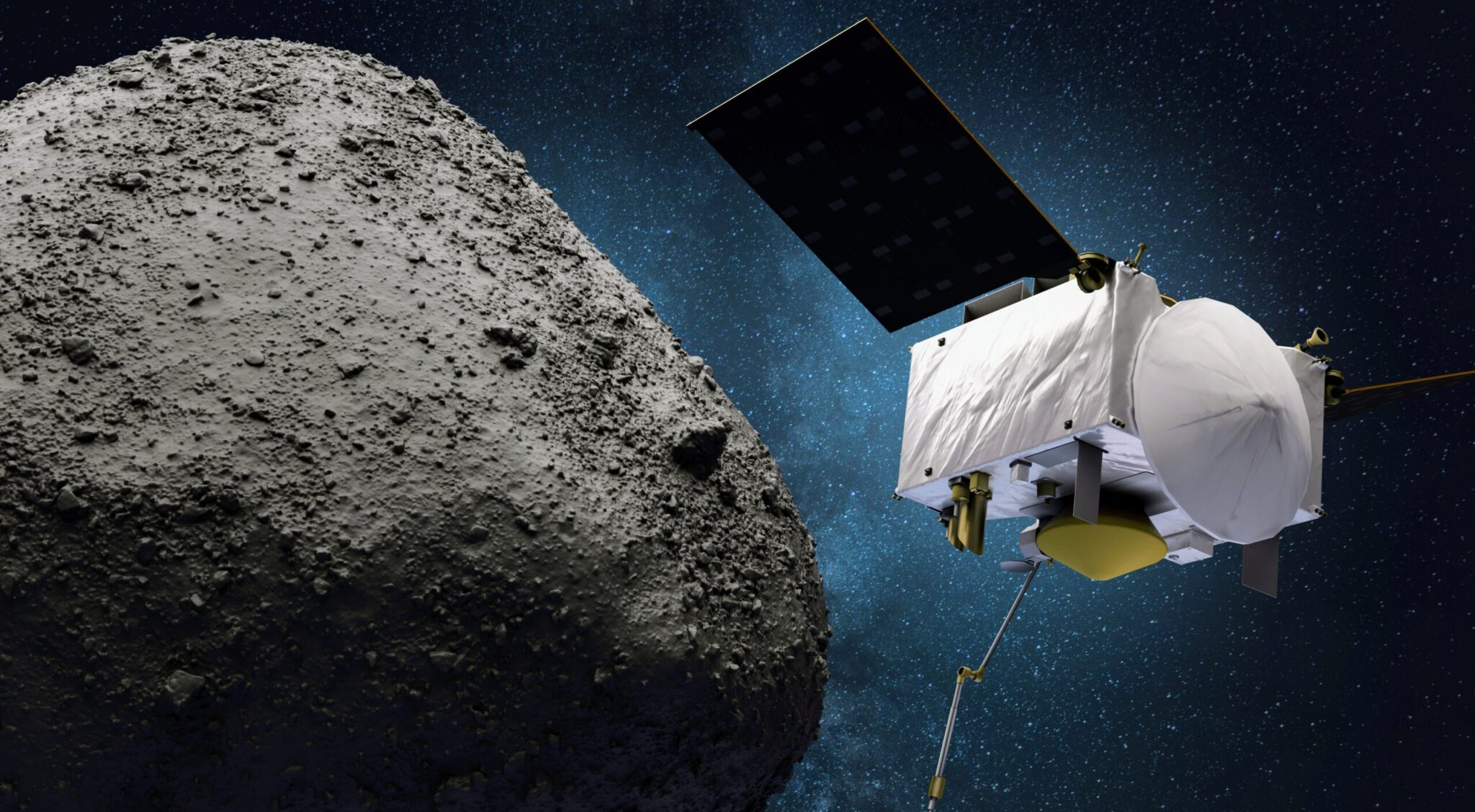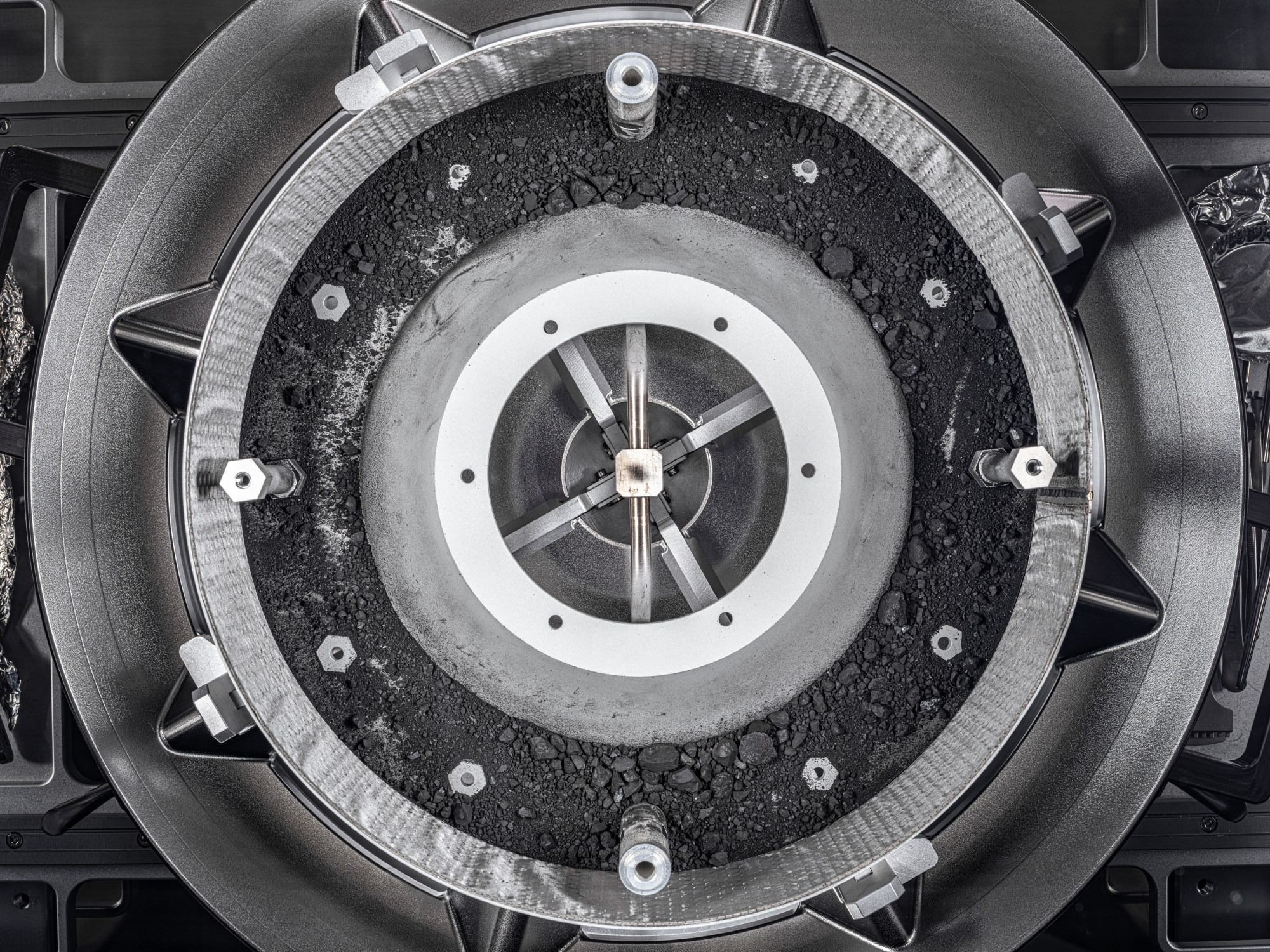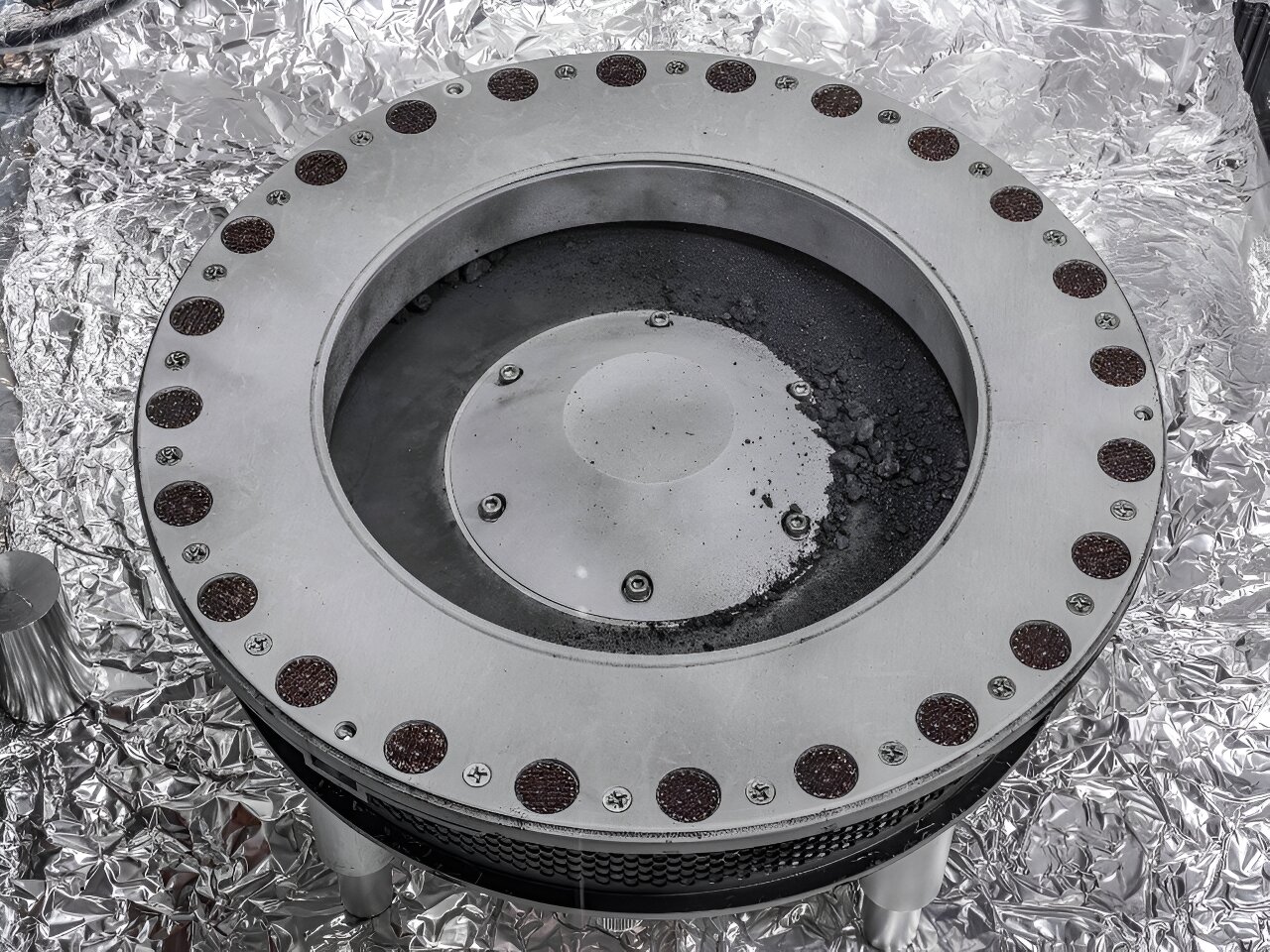The veil of mystery that shrouded the composition of the mysterious asteroid Bennu has finally fallen almost four years after NASA’s OSIRIS-REx spacecraft delicately took a sample from its surface.

The asteroid orbiting close to Earth contains an amazing amount of magnesium phosphate, a mineral distinguished by its brightness against the gloomy palette of the rocky Bennu terrain. According to scientists, these bright white minerals are a rare find in astromaterials, which has caused intrigue among researchers.
Jessica Barnes, an assistant professor at the Lunar and Planetary Laboratory (LPL), speaking at a scientific conference, emphasized the uniqueness of the discovered magnesium phosphate, noting the absence of similar compounds on Earth. Its presence on Bennu opens a window into the geological history of the asteroid.
Results of a detailed study
The asteroid samples revealed a rich range of compounds, including glycine — an essential amino acid — and a number of water-containing minerals such as carbonates, sulfites, olivine and magnetite. These findings provide strong evidence of Bennu’s water past, pointing to numerous water events preceding the formation of Bennu from its mother body.

Further investigations of Bennu’s extraterrestrial bounty revealed a large number of phyllosilicates, compounds altered by water, as well as a diverse assortment of organic and hydrated minerals. Scientists suggest that these phyllosilicates, which are an integral part of meteorites, could have contributed to the appearance of organic matter and water on the early Earth.
Scientists’ impressions of Bennu samples
Sara Russell, a planetary scientist at the Natural History Museum in London, was amazed by the pristine nature of the Bennu samples. Unlike ordinary meteorites altered by Earth’s impact, NASA’s valuable cargo OSIRIS-REx has provided scientists with a unique opportunity to explore the early state of the Solar System in the era when the Earth was just forming.

Andrew Ryan, a researcher at LPL, highlighted the unique textures of the collected Bennu material. He described them as rocks with a surface similar to sandpaper. His research confirmed the predictions obtained on the basis of remote sensing data collected by the OSIRIS-REx satellite at the time of its stay in the asteroid’s orbit.
Confirmation of the asteroid formation hypothesis
So far, the data obtained are consistent with the prevailing hypothesis that Bennu was formed from a larger asteroid billions of years ago. In particular, the analysis found collision-related mineral inclusions scattered across the Bennu surface, although the exact time of their formation remains unknown.
As scientists continue to sift through the cosmic treasures brought by OSIRIS-REx, each discovery provides a glimpse into the mysterious past of Bennu and the wider cosmos, fueling humanity’s irrepressible curiosity about the universe.
Earlier we explained the interest of the asteroid Bennu.
According to livescience.com
Follow us on Twitter to get the most interesting space news in time
https://twitter.comne/ust_magazine


